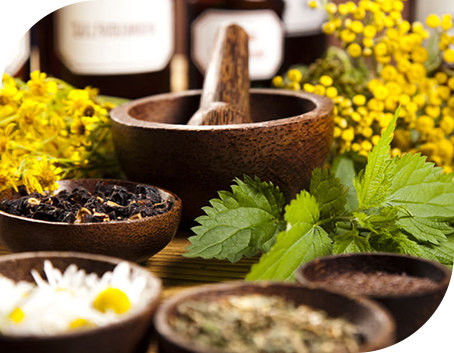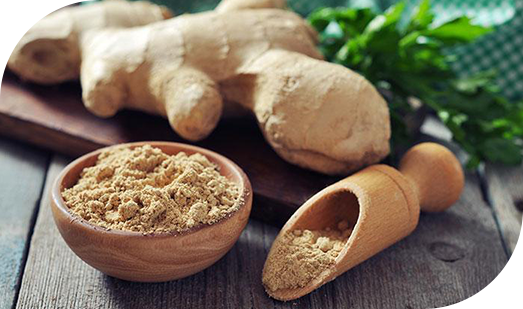Proper nutrition and maintenance of good digestion according to Ayurveda

How do diseases occur according to Ayurveda?

This nutritional regimen is tailored both to the patient’s specific illness and general condition, as well as to his or her respective Dosha.
Dosha is unique and unchanging for each body structure, set by nature at birth. It determines suitable and unsuitable foods for the given person, susceptibility to diseases, etc.
Ayurvedic nutrition according to body type
What is good for one body structure may be bad for another.
There are no complete prohibitions in the rules of Ayurvedic nutrition, because all six tastes have their role in digestion and the body:
• The astringent and bitter tastes are useful against infections.
• Spicy taste stimulates immunity.
• Salty, sweet and sour are tonic for the organs.
The latter also have a heating or cooling effect that affects the Doshas differently.

Suitable flavors according to the Dosha
For each of them, a different type of meal is recommended according to the ratio of tastes.
Suitable foods for Pitta body type
• Legumes and grains are recommended, excluding corn, and raw vegetables except onions.
• Citrus fruits are excluded from fruits, honey is recommended from sweets, and nuts are not suitable.
• A cooler food temperature is suitable for Pitta.
Suitable foods for Vata body type
• Cereals and legumes are suitable, and potatoes and onions should be avoided from the vegetables.
• Of the fruits, pears, apples and melons are not suitable, and sweets are allowed, excluding chocolate.
• Recommended nuts are almonds, pine nuts and walnuts.
• For Vata, food should be warm and, moreover, nutritious, with a lot of proteins and carbohydrates.
Suitable foods for Kapha body type
• People with Kapha Dosha can consume grains and legumes, and vegetables should be stewed.
• From the fruits, pears and apples are recommended, and nuts are not suitable.
• For Kapha, food should be warm and light.
General rules for Ayurvedic nutrition during the day
The general rules for Ayurvedic nutrition are also subject to this concept, which is mainly based on the activity of the Sun:
Fluid intake in Ayurveda
Instead of natural juices, fresh seasonal fruits are preferred, and carbonated drinks are considered harmful.
This is what the guidelines for water intake look like according to Ayurveda:
Role of dishes and utensils in Ayurvedic nutrition
Therefore, the principles of Ayurvedic nutrition also include striving to preserve natural energy and purity of food.
This is achieved through the following tips and recommendations:


